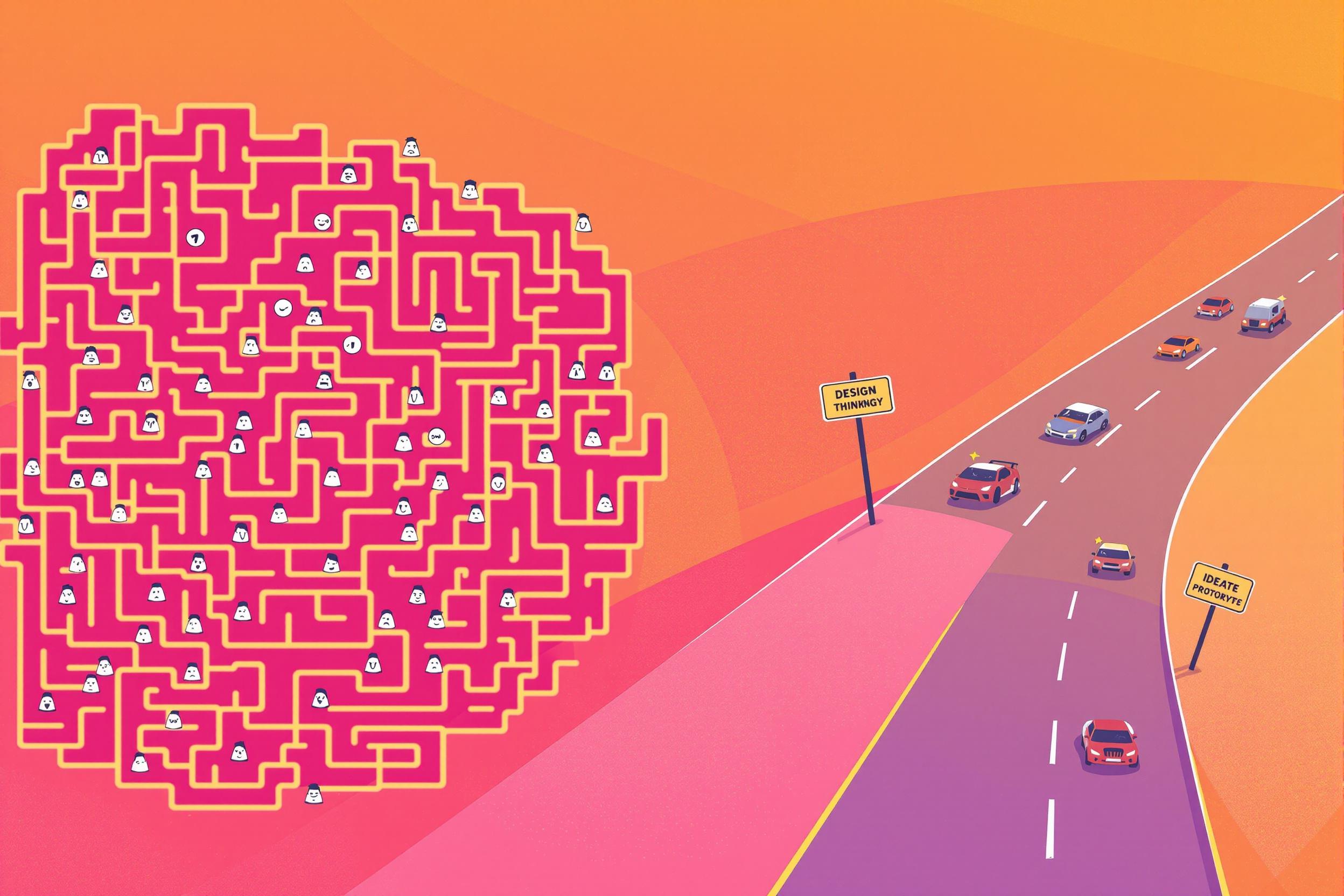
Information Architecture
Information Architecture (IA) is about organizing and structuring content on websites and apps to make them easy for users to navigate. Think of it like creating a blueprint for a building - but instead of rooms and hallways, Information Architects plan how information should be arranged and connected. They decide how to organize menus, categories, and content so users can find what they need quickly. This role is important in making websites user-friendly, similar to how a librarian organizes books so people can find them easily. You might also see this referred to as "UX Architecture" or "Content Architecture" in job descriptions.
Examples in Resumes
Created Information Architecture for e-commerce website serving 100,000+ monthly users
Developed IA and user flows for corporate intranet redesign
Led Information Architecture planning and site mapping for healthcare portal
Improved navigation and user experience through revised Information Architecture strategy
Typical job title: "Information Architects"
Also try searching for:
Where to Find Information Architects
Professional Organizations
Online Communities
Job Resources
Example Interview Questions
Senior Level Questions
Q: How would you approach restructuring a large e-commerce website with poor user feedback?
Expected Answer: A senior IA should discuss conducting user research, analyzing current site metrics, creating site maps, planning user testing, and developing a phased implementation strategy while considering business goals and user needs.
Q: How do you measure the success of an information architecture redesign?
Expected Answer: Should mention analyzing user feedback, tracking metrics like reduced bounce rates, improved navigation paths, increased conversion rates, and conducting user testing to validate improvements.
Mid Level Questions
Q: What methods do you use to organize content for different types of websites?
Expected Answer: Should explain card sorting, tree testing, creating site maps, and how different website types (e-commerce, content sites, etc.) need different organizational approaches.
Q: How do you handle stakeholder disagreements about website navigation structure?
Expected Answer: Should discuss using data to support decisions, conducting user testing to validate approaches, and balancing business requirements with user needs.
Junior Level Questions
Q: What is card sorting and why is it useful?
Expected Answer: Should explain that card sorting is a technique where users organize content into categories, helping designers understand how users think about content organization.
Q: How do you create a basic site map?
Expected Answer: Should describe the process of listing all pages, organizing them into categories, and showing relationships between pages in a visual hierarchy.
Experience Level Indicators
Junior (0-2 years)
- Basic site mapping
- Understanding of user navigation patterns
- Content organization
- Basic user research methods
Mid (2-5 years)
- User testing and research
- Navigation design
- Content strategy development
- Wireframing and prototyping
Senior (5+ years)
- Complex system architecture
- Team leadership
- Project strategy
- Stakeholder management
Red Flags to Watch For
- No understanding of user research methods
- Cannot explain basic navigation concepts
- No experience with site mapping tools
- Lack of user-centered thinking
- No experience with content organization
Need more hiring wisdom? Check these out...

Building an Unshakable ATS Data Governance Framework: A Guide to Protecting Your Recruitment Goldmine

Why Your Hiring Process is a Maze (And How Design Thinking Can Turn It into a Superhighway)

Redefining Team Collaboration in a Digital Workspace

